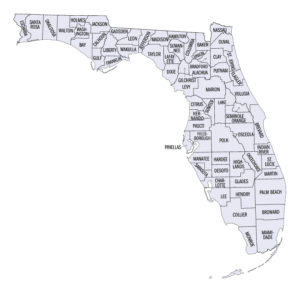Tag Archive for: market extraction
Estimating Capitalization Rates – Part III
[types field='full_body'][/types]
Supporting Capitalization Rates – Part I
[types field='full_body'][/types]

Feel free to call us any time, night or day, and weekends too. Our general working hours are as follows:
| Monday -Friday | 8:00 am - 5:00 pm |
| Saturday | 8:00 am - 2:00 pm |
| Sunday | Closed |

